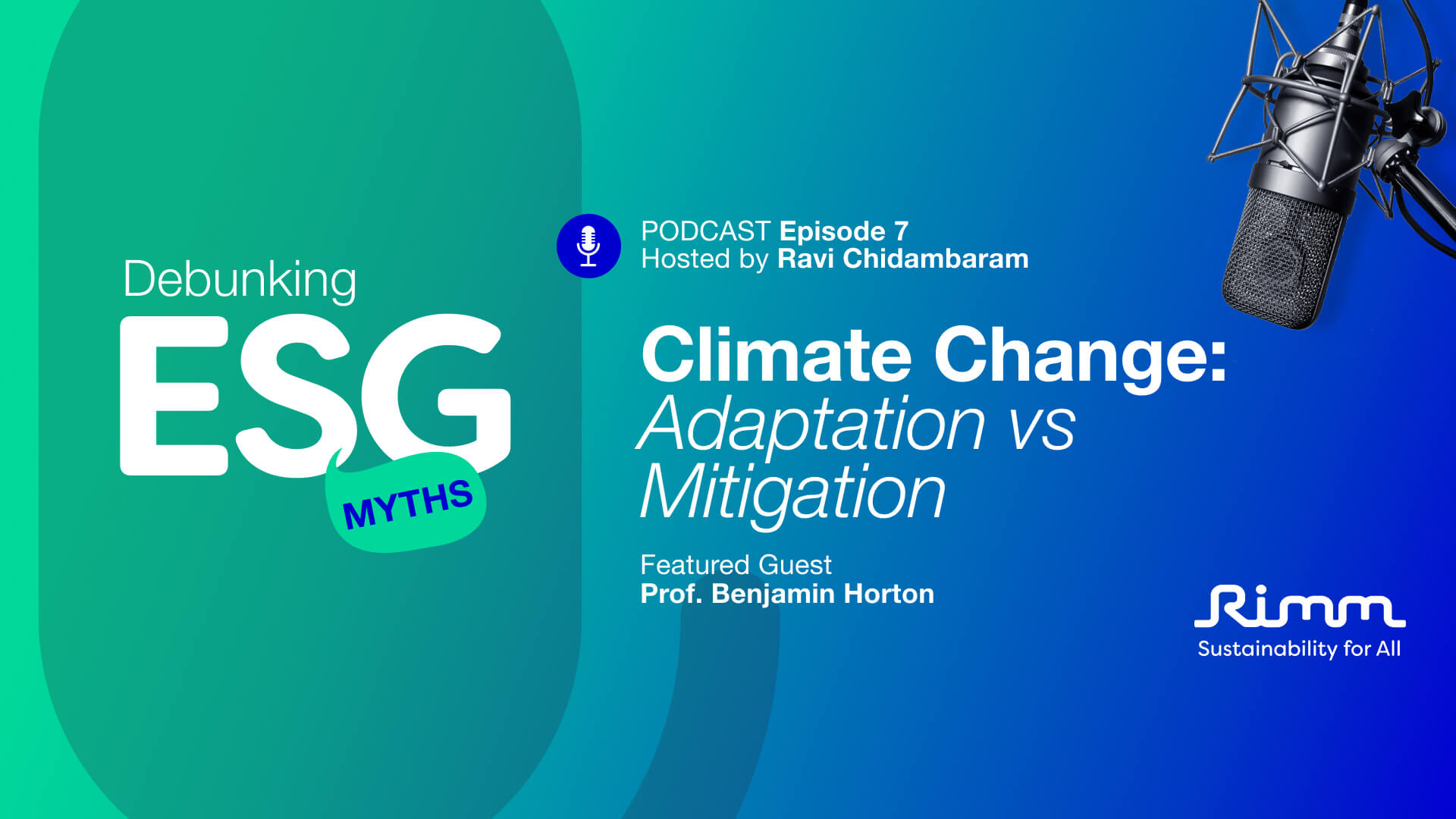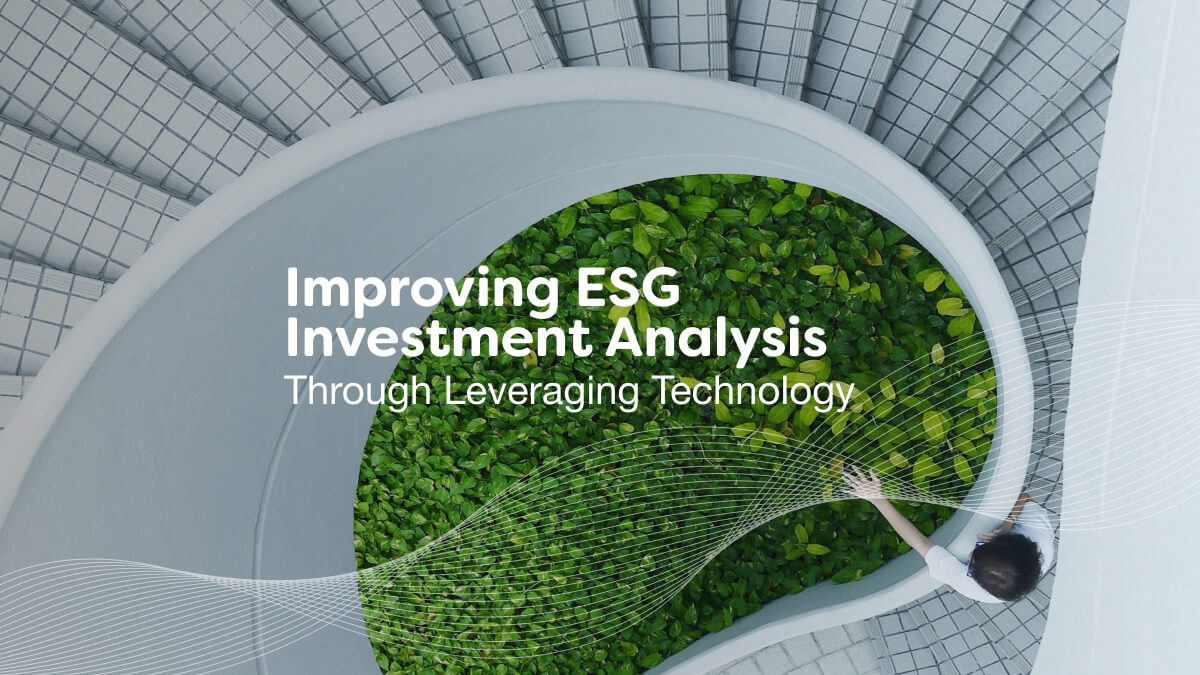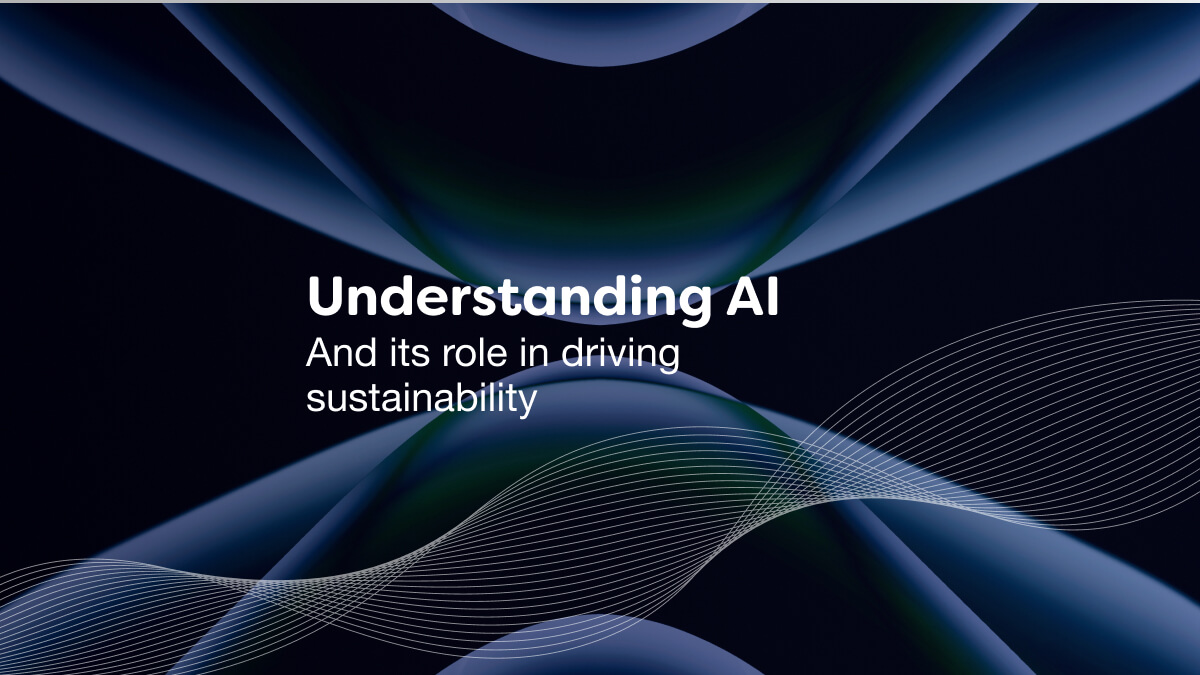Explore the untapped potential of ESG integration as we challenge traditional economic models and financial analyses with ‘true materiality.’ Learn more about what true materiality entails and how your organization can strategically benefit from adopting this moving forward.
Currently, economic models and financial analyses do not incorporate ESG in any core financial driver for companies. ESG activities conducted by companies as risk management and opportunity aspirations have no bearing on the core financial growth strategy or the key cost drivers for any company analyzed.
ESG analysis today
In general, ESG analysis focuses on understanding how Company X manages sector-specific risks and opportunities, with risk management taking priority. Sector risks are assigned based on subjective understanding and interpretation of potential ESG risks that may have a significant or limited potential impact on the company’s financial performance and/or valuation.
Most of the ESG data we have access to today is self-published by companies. It’s only very seldom verified by a 3rd party and do not – in 99% of the cases – include any alternative datasets that could be remotely interesting for an investor. It is plain-vanilla ESG data, minus the vanilla.
The core question investors are really interested in is not answered. What is the center of gravity for sustainable business? Where does it really make a difference for a company, move mountains, break chains, disrupt and evolve capacities?
Well, to find this center of gravity you will need some very daring people who question the conformity of the current financial thinking as well as the current sustainability thinking, which by the way is dominated by the Anglo-Saxon world view.
The disconnect between financial assessments and sustainability
Financial metrics are not assigned in terms of percentage of revenue affected by a “bad” or non-existent Human Rights policy or lack of Scope 3 emissions. Limited information is available on product and/or service levels in terms of potential revenue streams aligned with the EU taxonomy. Exact numbers or appreciation of financial impact, both positive and negative are currently not available, and often estimates are used in many cases as a proxy for investment decisions.
A company is assigned a certain risk and opportunity profile, which is translated into an alphabetic or a numerical rating. Depending on the analytical model used by an asset manager (passive, active, bottom up, thematic, quantitative, etc.) ratings and/or underlying ESG data can be trenched, skewed, or extracted and transformed (with a large portion of estimates) into the portfolio management decision-making process.
All investment decisions are forward-looking, based on expectations that Company X will reach or exceed certain targets, and, in that process, the investor will gain certain profit relative to the starting point of the investment. In principle, investors using current ESG datasets are making forward-looking investment decisions based on ESG datasets covering past ESG (mostly risk) management performance of the company.
Certain ESG data relating to information on products and services are limited, and, when available, they are often unconnected to the company’s overall growth strategy for specific client, market or geography segments. In other words, there is no connection between what, where and how a company plans to grow and how ESG measures deployed by the company will enable, hinder or prevent further growth.
A holistic approach to ESG integration
In the world of ESG these are so-called “ESG-unknowns” and addressing these questions should lead to further integration of ESG into the core of any company’s business and core of financial analysis. “Sustainable” companies and financial institutions selling ESG funds need to be able to answer questions on the financial relevance of ESG as they pertain to:
- Product and service development
- Market and client segments
- Mergers and acquisitions
- Pricing and sales strategy
- Volume segments of products and/or services provided by a company
- Biggest shareholders of the company
- Balance sheet
- Climate risk accounting (incorporated in overall financial accounting, not only related to companies’ own emissions, but also their products and services and core business offerings of the company)
At Rimm, we believe in what we call “true materiality,” which refers to the need to see what ESG factors can disrupt a company’s business model and how the company is managing these ESG externalities. This assessment will vary by industry and country.
The starting point of this analysis is to examine the key cost drivers in the business, including both the cost of the goods sold and operating expenses. Once these cost drivers are identified, each one needs to be tagged to a set of ESG KPIs that would impact that cost. After isolating the ESG KPIs by cost category, (what we call true materiality), we need to rate the company’s performance for each ESG KPI to determine both an absolute rating and a rating within each cost category. The rating can be developed through a combination of absolute scoring, relative scoring based on industry benchmarking or “alternative” data that provides a third-party view on the company’s ESG performance for a certain KPI.
We have to stress that true materiality is not an endgame. It is an analytical framework that allows companies and investors – and indeed all stakeholders – to engage and dig deeper between the ESG and financial connections that are so crucial to all companies. The reality is that public disclosure, even with the big push towards ESG reporting, does not give us enough to really get to the bottom of “true materiality”. It is only a point of departure to more honest discussions within companies and with their stakeholders.
Want to learn more about Rimm’s solutions?
Browse our solutions catalog or book a free demo today!

Sasja Beslik
Senior Advisor, Data Analytics
With 20 years of experience in advising multinational companies, Sasja Beslik is an expert in data analytics and creating strategies for integrating ESG into asset management. He also currently sits on Rimm’s esteemed advisory board.
Simplify Your Sustainability Performance & Tracking With myCSO
✅ Calculate your scope 1, 2 and 3 emissions instantly
✅ Gauge your company’s sustainability performance
✅ View your sustainability performance all from one dashboard
✅ Benchmark against industry peers
Enter your information below to book a demo with our team today.







